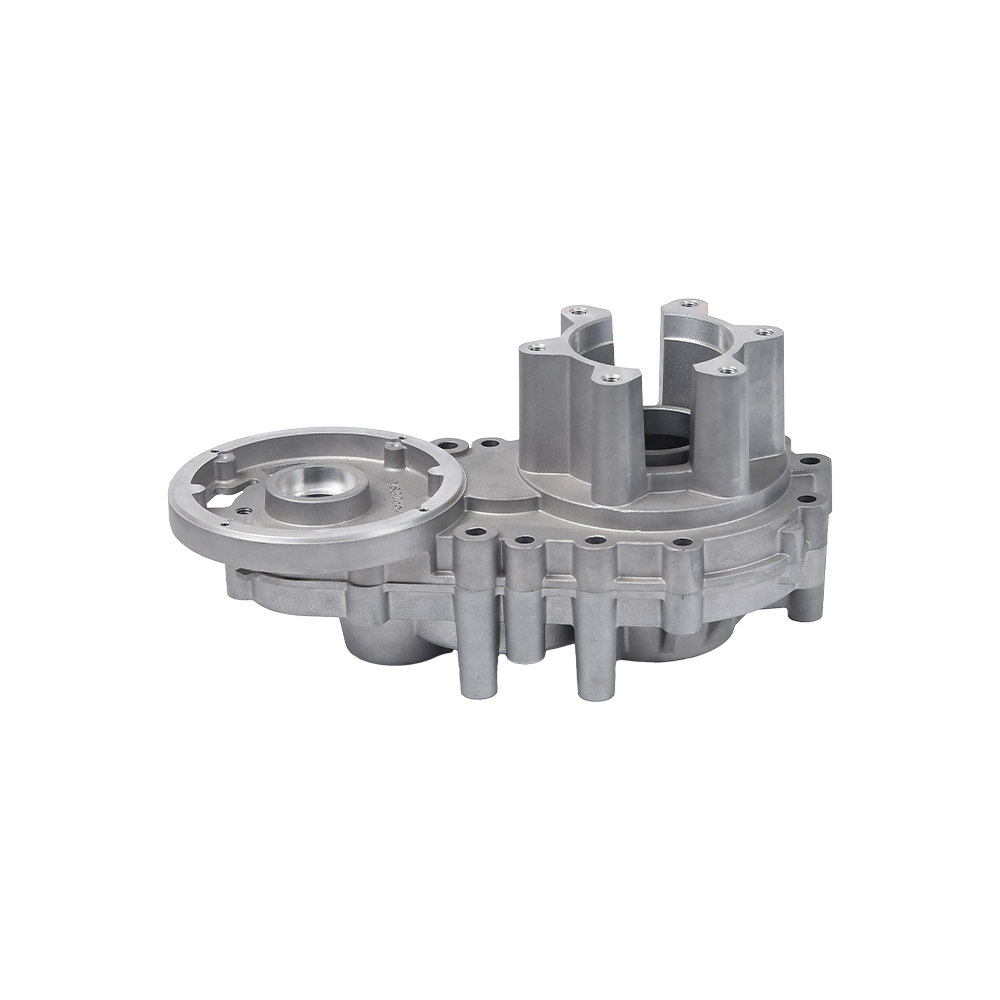The influence of gear material on performance
Aluminum alloy: Aluminun Gear Reducer are usually made of aluminum alloy material. Aluminum alloy has the advantages of low density, light weight, high strength, good corrosion resistance, and good processing performance. This enables aluminum alloy gears in reducers to reduce overall weight, improve transmission efficiency, and have good durability and corrosion resistance. However, aluminum alloys have relatively low hardness and may require optimization in heat treatment processes to improve their wear resistance and fatigue strength.
Other materials: In addition to aluminum alloy, there are also some other materials used to manufacture gears, such as steel, cast iron, etc. These materials each have their own advantages and disadvantages, and the selection should be based on specific usage requirements and working environments.
The influence of heat treatment process on performance
Improving hardness and wear resistance: Through heat treatment processes such as quenching and tempering, the surface hardness of aluminum gears can be significantly increased, thereby enhancing their wear resistance and durability. This enables the gear to maintain good performance during long-term operation.
Enhancing fatigue life: Subsurface compressive stress generated during heat treatment helps to improve the fatigue life of gears. This compressive stress can prevent gear from pitting and deformation due to high contact stress, thereby extending the service life of the gear.
Improving organizational structure: Heating, insulation, and cooling steps during heat treatment can improve the organizational structure of gear materials. By precisely controlling the parameters of these steps, the desired phase transformation and microstructure can be obtained, thereby improving the strength and toughness of the gear.
Reduce deformation: Gear deformation may occur during heat treatment. By precise heat treatment control and post-processing, deformation can be reduced and the accuracy of gears can be ensured. This is crucial for ensuring the transmission accuracy and stability of the reducer.
Improving transmission efficiency: By heat treatment, the hardness and wear resistance of gears can be increased, which can reduce the wear and energy loss of gears during transmission, thereby improving the transmission efficiency of reducers.
Enhance load-bearing capacity and impact resistance: Appropriate heat treatment processes can improve the load-bearing capacity and impact resistance of gears. This enables the reducer to withstand greater loads and impact forces, improving the safety and reliability of the equipment.

 English
English русский
русский Español
Español










